1. "State suggestions or directions in a positive form."Tell children what they should do instead of what they should not. Keep directions simple so children will understand what is expected of them. Be specific so they know exactly how to follow your directions. "Be nice" or "Share" may be too general to help children change their behavior. "Use kind words like ___" or "Give it to her when you are finished playing with it" are more precise. Here are a few more examples of positive instructions: • “Use a soft voice” instead of “Don’t yell” • “Walk” instead of “Don’t run” • “Put your feet on the floor” rather than “Don’t climb on the table” 2. "Give the child a choice only when you intend to leave the situation up to him."
3. "Use your voice as a teaching tool."Young children can be sensitive to adults' voices - they may perceive our tone as unfriendly or angry, even if we are not using a loud or harsh voice. Use a pleasant tone that communicates "I like being with you" whenever possible. To get children's attention, get close and use a quiet voice, or try singing. When children must do something, be like Mary Poppins, "kind but extremely firm"! 4. "Make health and safety of the children a primary concern."The COVID-19 pandemic has certainly made all of us even more aware of the primary importance of children's health and safety. Although we knew beforehand to wash hands diligently, to clean and sanitize toys, and to avoid sharing eating utensils, our current protocols have probably increased our vigilance of these and many other practices. Even after the threat of this deadly disease has passed, we must continue to minimize the risk of communicable diseases. The physical environment must also provide for safe play, both indoors and out. Survey all areas before allowing children to enter. Ensure all activities have adequate supervision. [See guide #14 for more on supervising.] 5. "Use methods of guidance that build the child’s self-respect."
6. "Help a child set standards based on his/her own past performance, rather than on comparison with peers."Developmentally appropriate practice (DAP) requires that we meet children where they are and help them to meet challenging but achievable goals. What one child is capable of may be very different from what another can do, so avoid comparing one child to another. Instead, point out the progress the child is making: "Last week you couldn't walk all the way across the balance beam. Today you did it!" Avoid even subtle ways of using comparisons to influence behavior ("Susan is sitting quietly") and discourage competition between children, too. Encourage cooperative play and helping others, and you will be improving children's behavior and self-esteem and developing a sense of community, too.
8. "Time directions and suggestions for maximum effectiveness."Timing is important when guiding children’s behavior. Children should be given a chance to work things out for themselves, but not get too frustrated or upset. Remember DAP - goals should be challenging but achievable. One consideration of timing your guidance is to notice the child's emotional state. When they are really upset they are not ready to learn. Save your guidance for a few minutes, and help them calm down and feel connected first. Another timing tip is to set consequences that follow the behavior as soon as possible. Having to leave the block area after deliberately knocking over another child's structure would be an example of an immediate consequence. If you can't time it that way, at least connect the consequence to the behavior. Having to clean up a large mess of one's making is a logical consequence; sitting out at playtime later in the day is not. [See guide #11 for more about following up on limits.] 9. "Observe the individual ways children use art media, explore the materials yourself, but avoid making models for children to copy."
You may also explore the media yourself. Avoid judgements of children's creations, even positive ones. Instead of saying you like a child's painting when asked, point out something you notice about the painting ("You used lots of red and blue") or about the child ("Your smile is telling me you are happy with it"). 10. "Give the child the minimum of help in order that s/he may have the maximum chance to grow in independence."Allowing children to do things themselves helps them to develop self-help skills. Even if they are struggling, they may not want our assistance, and we can show respect by honoring their wishes. If a child asks for help, scaffold his or her learning by offering the least amount of help he or she needs to do the task. Over time, as children become more confident and skilled, they will need less and less help from adults. One note about this guide: It's important to recognize cultural differences in doing for others; doing something the other person is capable of may be seen by some as a way of strengthening their relationship. 11. "Make your directions effective by reinforcing them when necessary."
12. "Learn to foresee and prevent rather than “mop up” after difficulty."There is an old saying, "an ounce of prevention is worth a pound of cure." When guiding young children's behavior, anticipating and preventing problems is usually the best strategy by far. Be especially sensitive to those children who experience difficulties getting along with others. Entering a group of children at play is an incredibly difficult skill for some, and they benefit from us giving suggestions ahead of time rather than waiting until they encounter a problem. T Socially successful children observe the play and find a way to join in without disrupting it. You can help other children do this as well. The better you know the children, the better you can anticipating their actions - and guide them toward success. 13. "Clearly define and consistently maintain limits when they are necessary."
14. "Use the most strategic positions for supervising."Always be alert to the entire environment; supervise the children as if you are the only adult around. Get into the habit of positioning yourself where you can see as much as possible, and move about to check on areas that are difficult to see at all times. For safety you must be able to observe all the children. Many times a teacher is often in a better Getting at the children’s level is ideal for supervising and for allowing the children to approach you. Of course, if there are two or more adults, position yourselves in different areas so all may be seen. 15. "Increase your own awareness by observing and taking notes."
I hope you find these 15 guides as useful as I did when I was a student and beginning teacher. I wish you well as you use positive techniques to guide your children's behavior! Coming up in future posts: Handling and preventing challenging behaviors - stay tuned! References
3 Comments
|
AuthorI'm Diane Goyette, a Child Development Specialist, Trainer, Consultant and Keynote Speaker. I'm excited to share my blog! Archives
August 2023
Categories
All
|
|
Ways to Contact Us:
Schedule an Appointment |
|
Follow earlychildhoodspecialties for encouragement, teaching tips and more!
|
Follow eepworm for child-friendly posts!
|
© 2013-2024 Early Childhood Specialties LLC. All rights reserved.

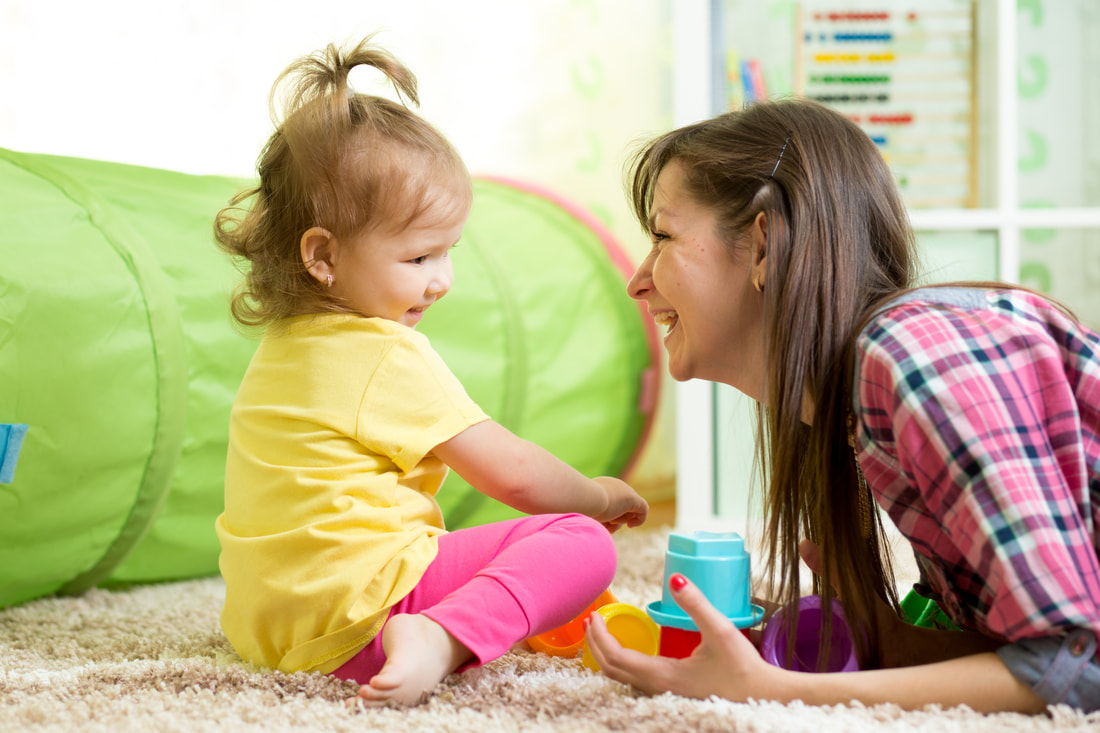
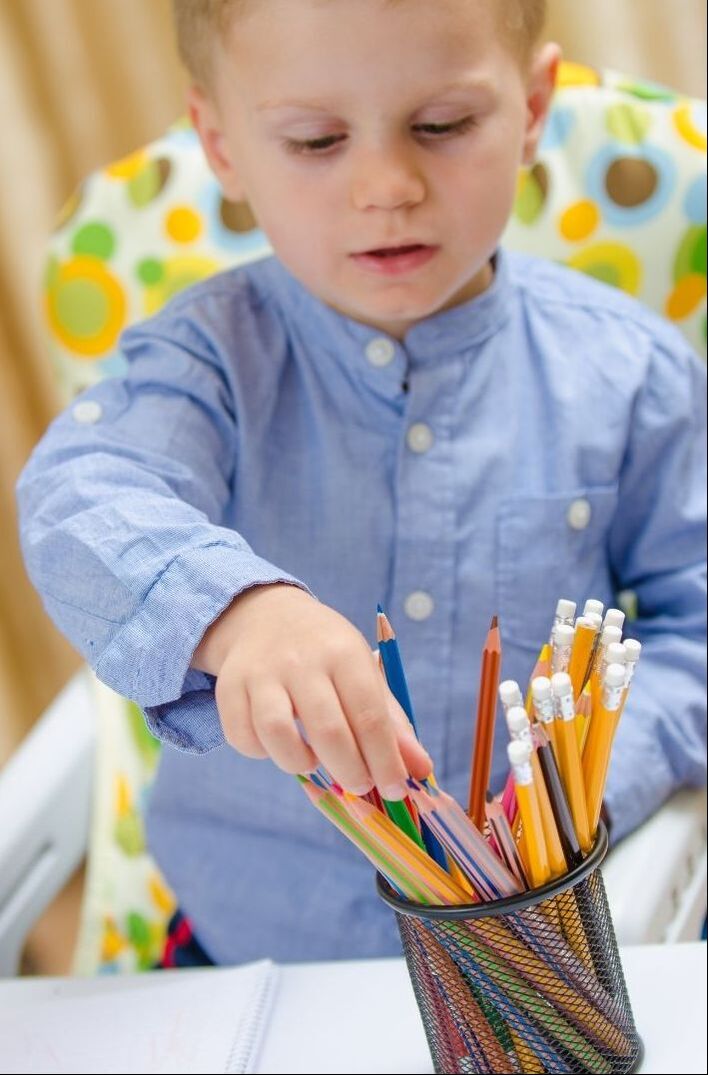
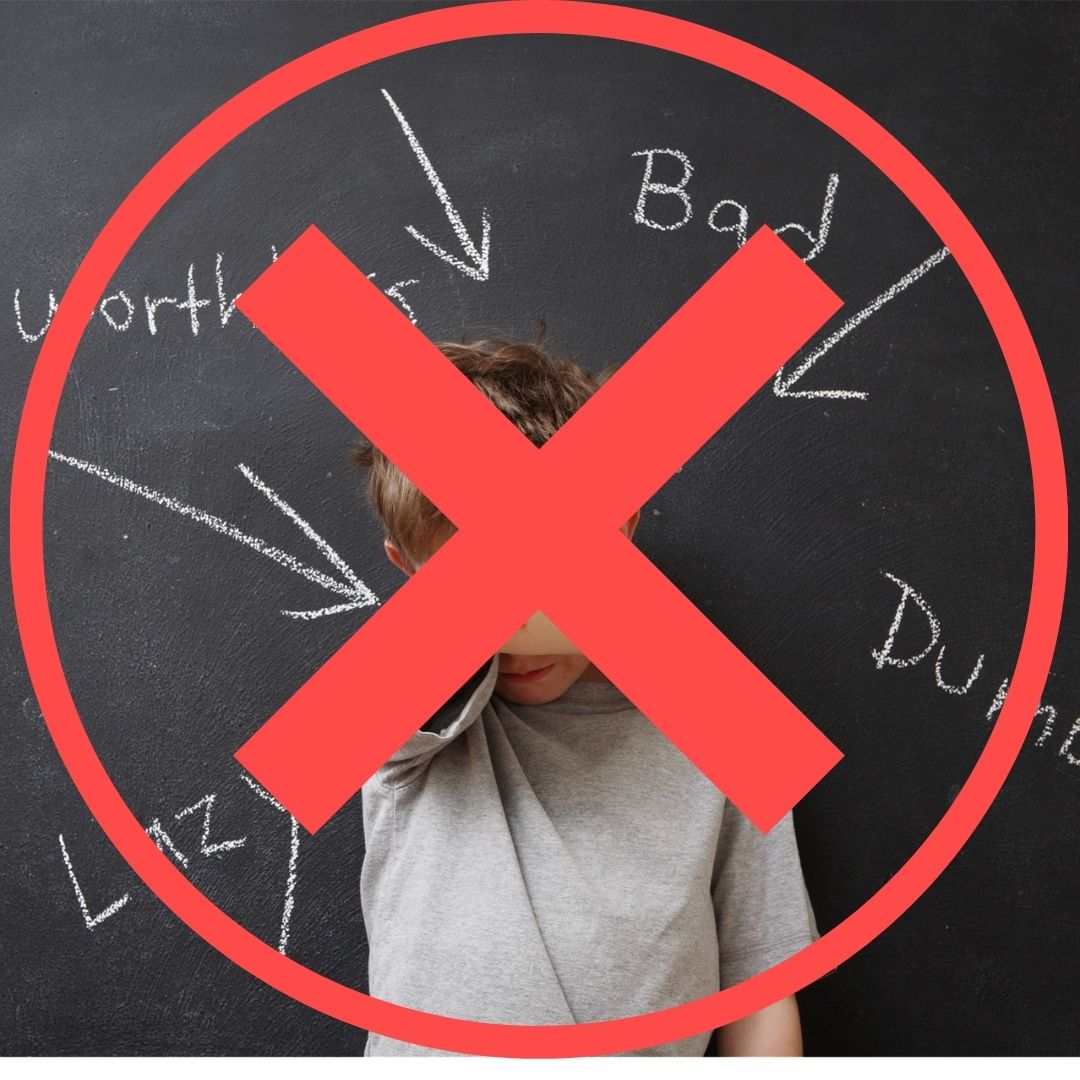

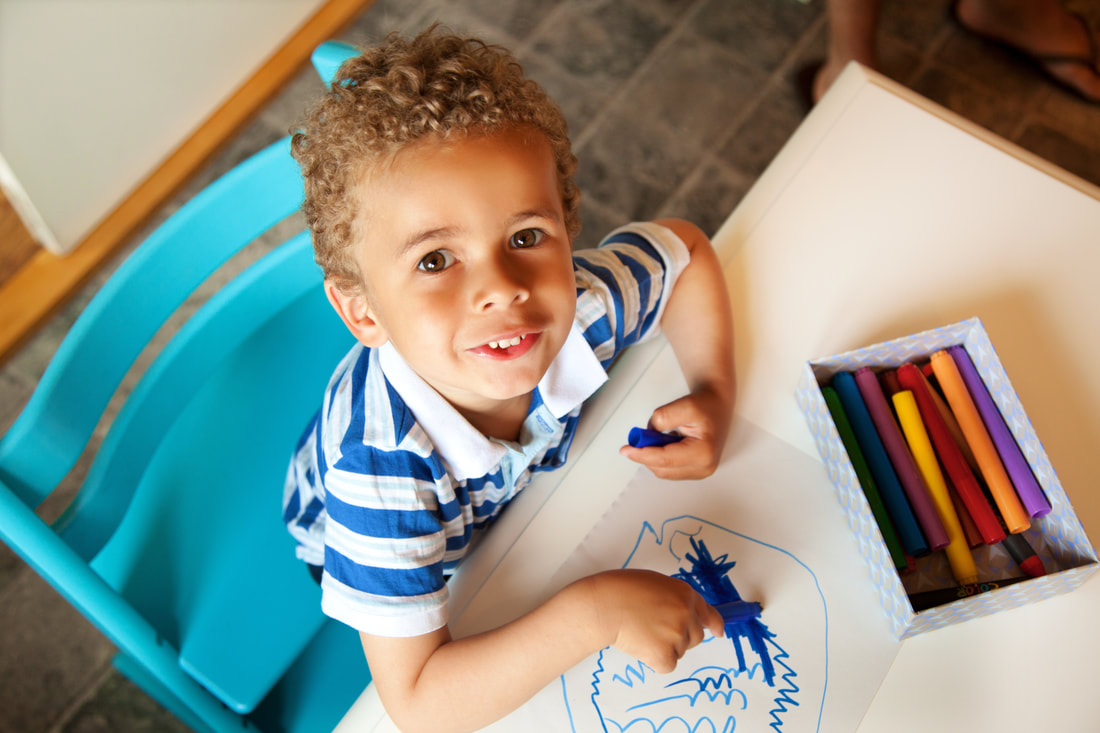
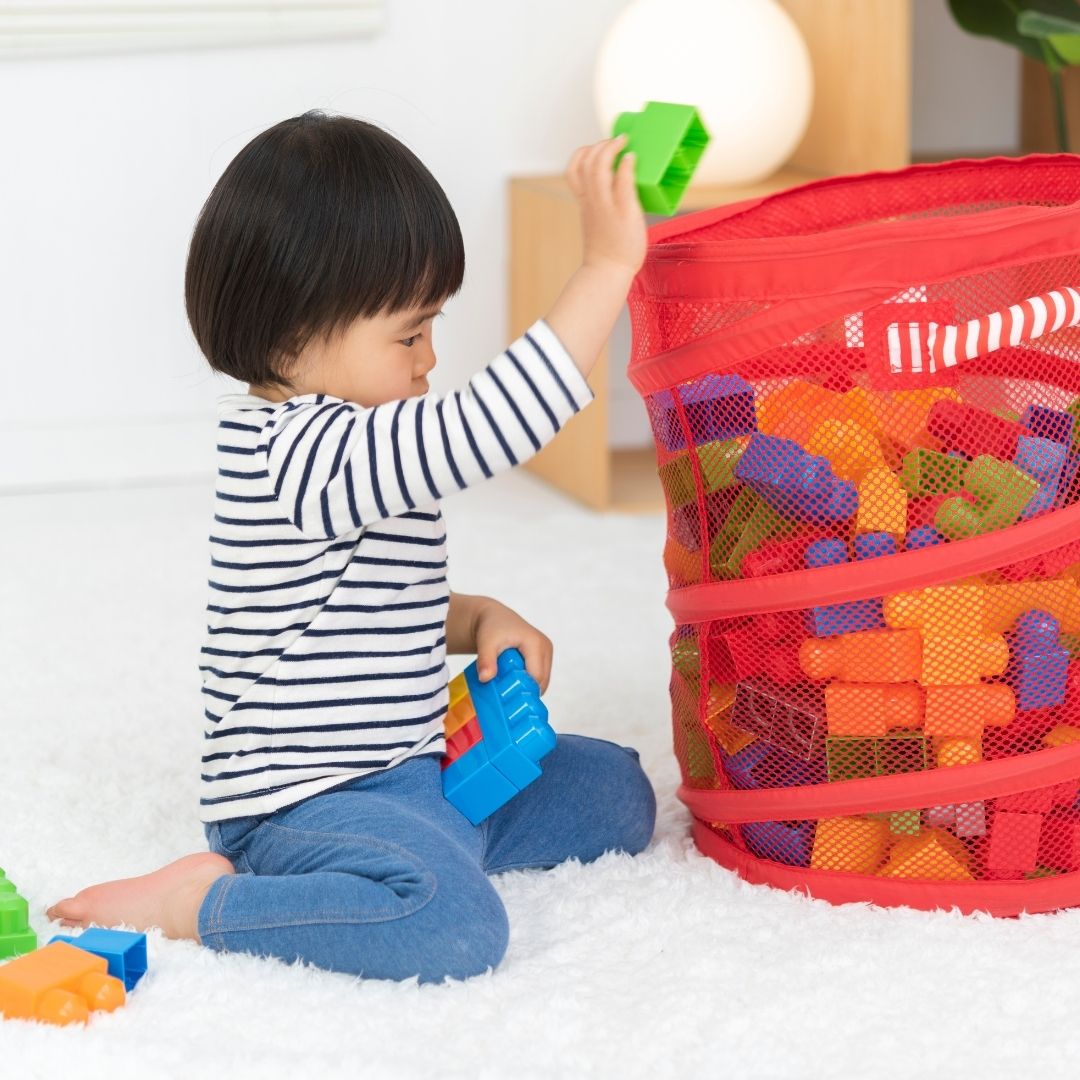

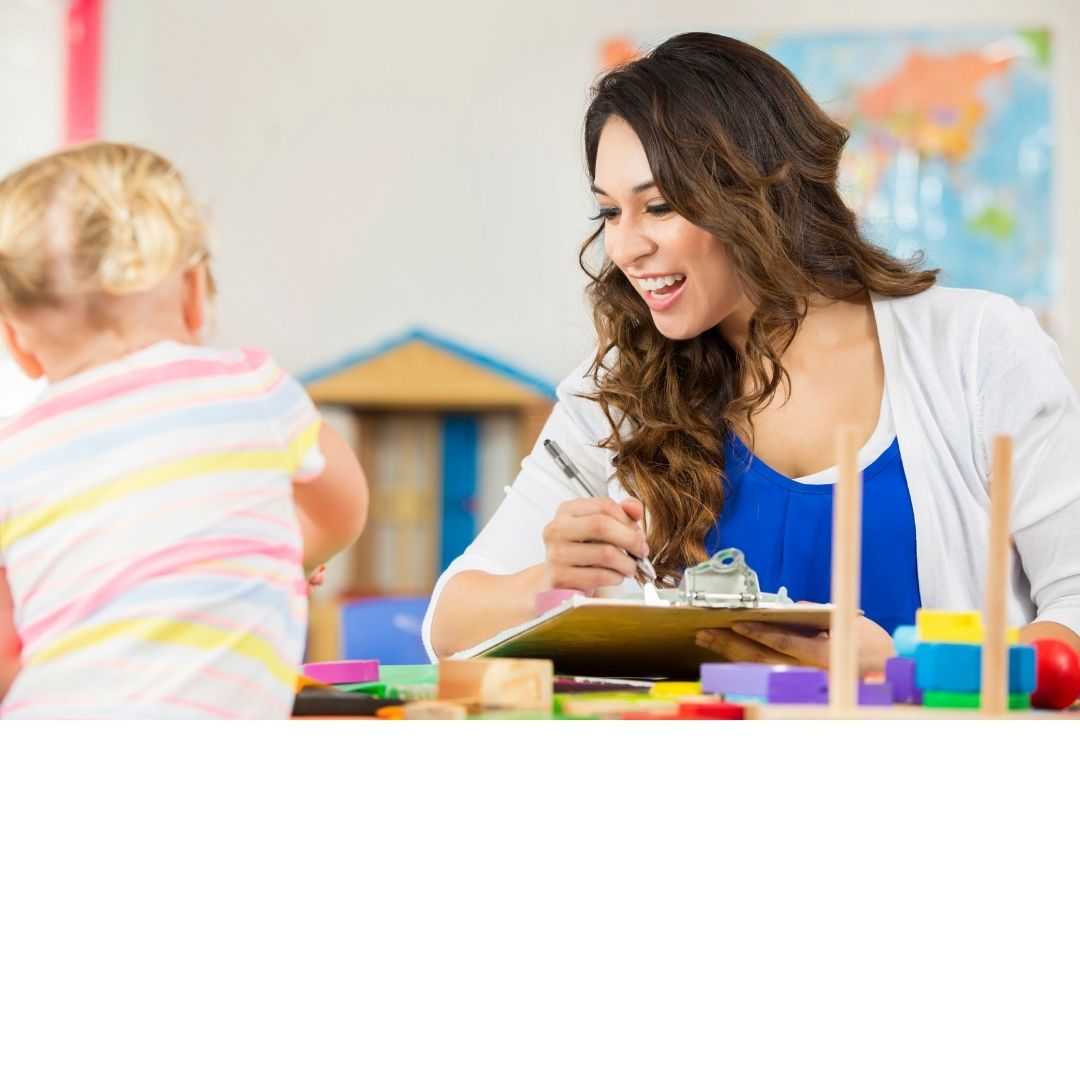
 RSS Feed
RSS Feed